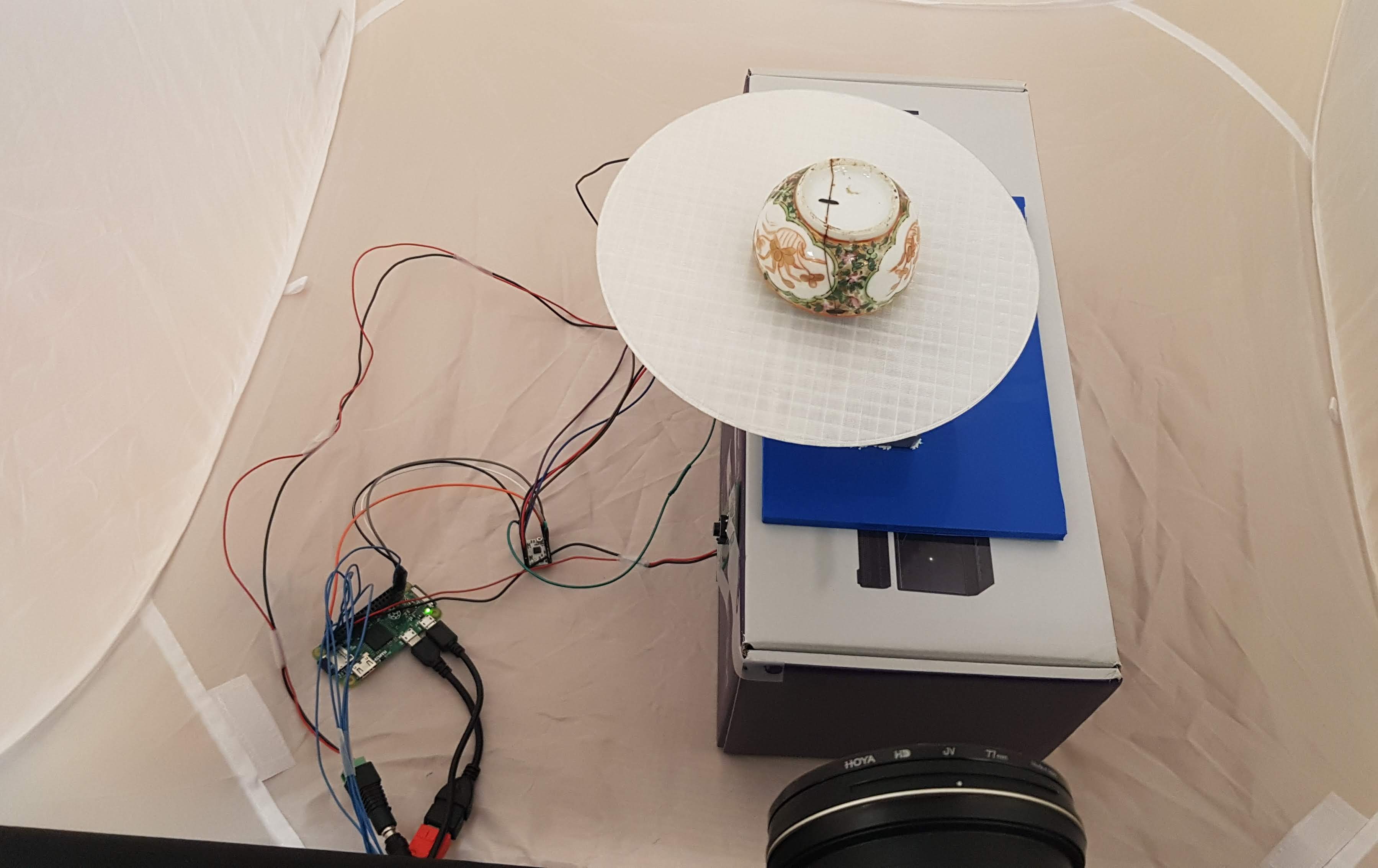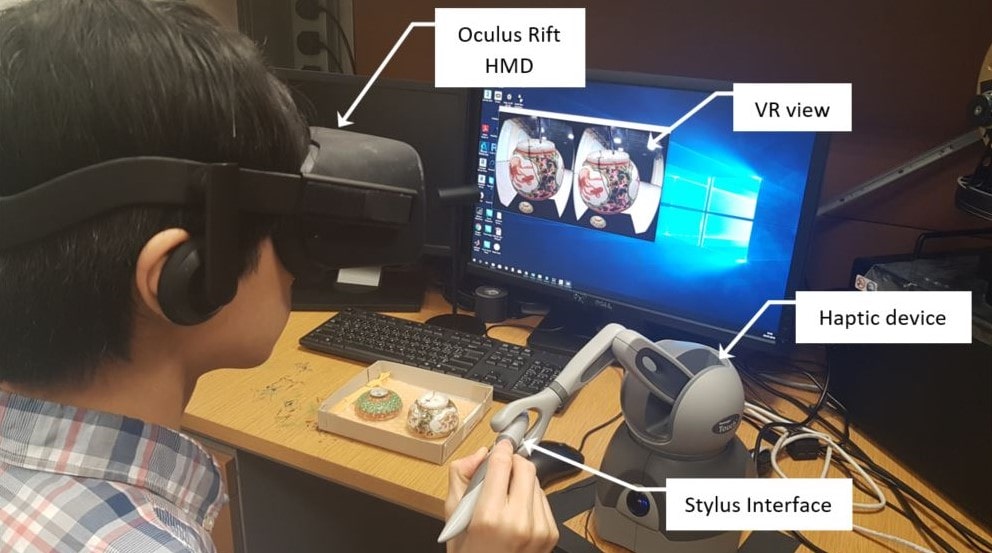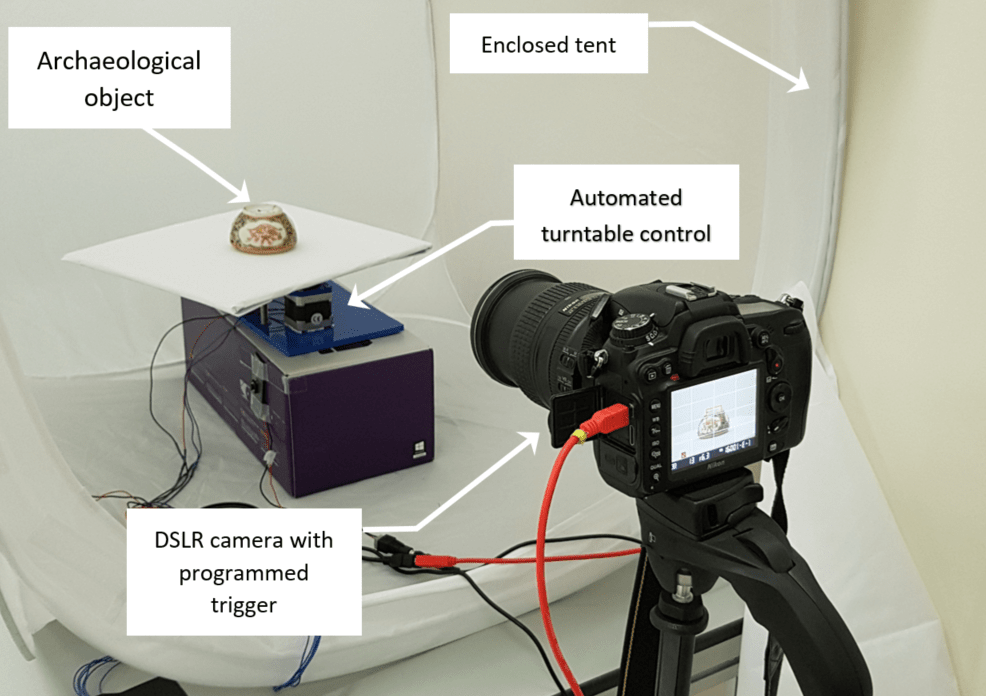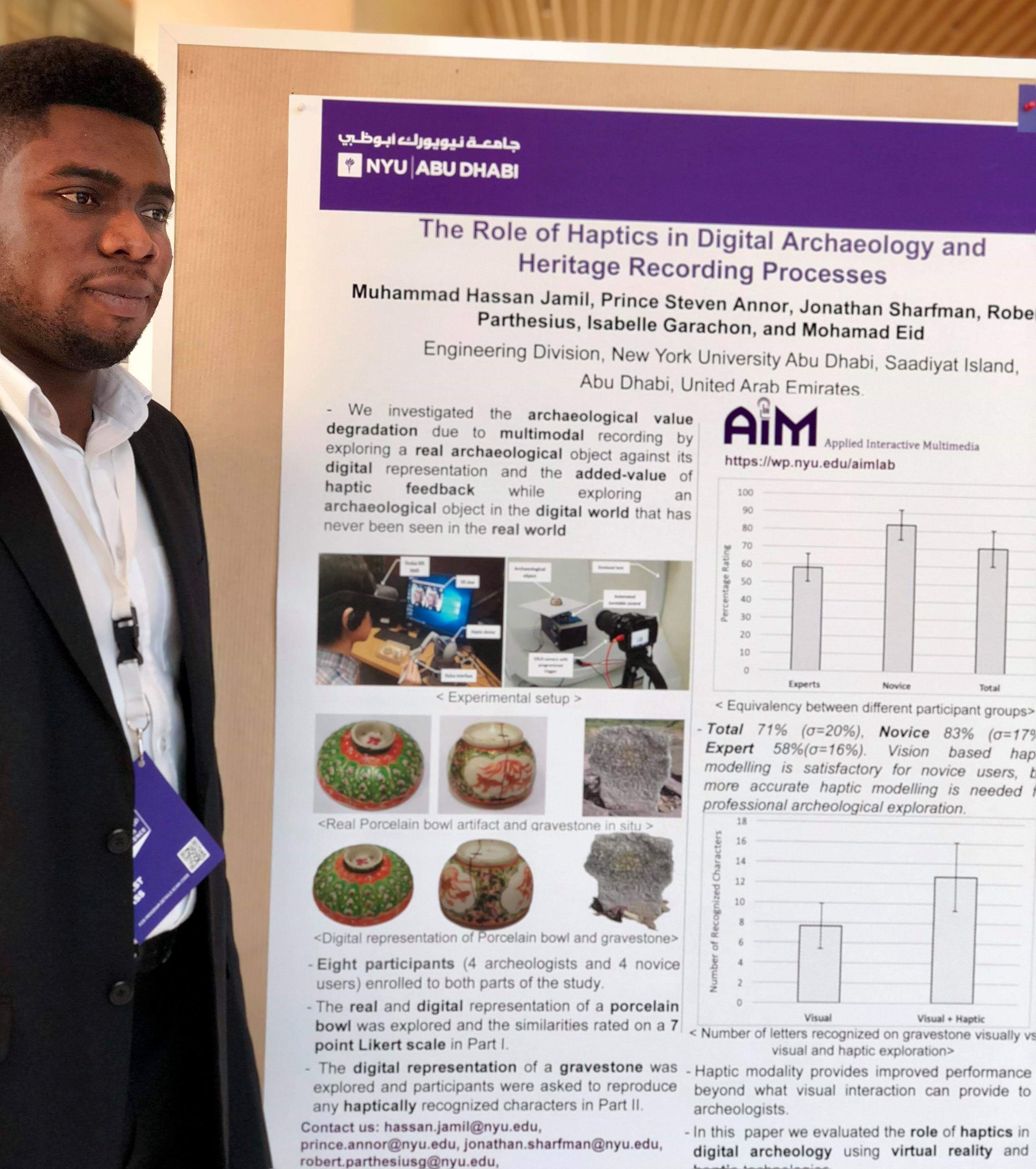The Role of Haptics in Digital Archaeology and Heritage Recording Processes (Haptics & VR)
Researcher - Applied Interactive Multimedia (AIM) Research Group. Abu Dhabi, UAE.
Dec 2017 - Nov 2018
Abstract
Recently there has been a remarkable increase in the use of multimedia and interactive technologies in heritage and archaeology. Haptics technologies allow the operator to interact with the visual representation using the sense of touch. In this paper, we investigate the role of haptic feedback in exploring archaeological objects. In particular, we explore the following questions: the first question addresses the archaeological value degradation due to multimodal recording (3D visual and haptic modeling) by exploring a real archaeological object against its digital (haptic-visual) representation. The second question examines the added-value of haptic feedback while exploring an archaeological object in the digital world that is never seen in the real world. A thorough evaluation is conducted with eight participants (4 archaeologists and 4 novice users) to evaluate the role of haptic feedback in digital archaeology. Results demonstrated that novice users have rated the similarity between the real artifact and its digital representation much higher than expert users. Additionally, haptic feedback provides additional information that is not accessible otherwise (deteriorating engraving on a gravestone were more readable using haptic exploration). Given how promising haptic feedback is in digital archaeology, our future work will focus on developing highly accurate haptic recording techniques with the goal to preserve cultural heritage and archaeology.
IEEE link to paper: The Role of Haptics in Digital Archaeology and Heritage Recording Processes
My Work
• Co-authored IEEE International Symposium on Haptic Audio-Visual Environments and Games 2018 paper, 'The Role of Haptics in Digital Archaeology and Heritage Recording Processes'.
• Developed virtual reality museum exhibition in the Chai3D framework with haptic feedback.
• Developed automated photogrammetry setup for digitally capturing 3D archeological artifacts.
Photos



